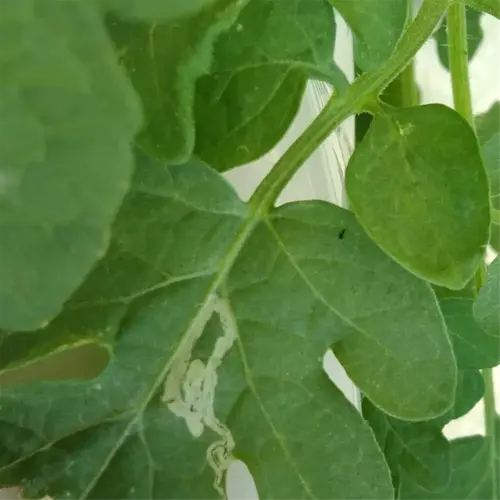What plants should never grow near beans?

Written by
Julia Anderson
Reviewed by
Prof. Charles Hartman, Ph.D.Beans do well with good companions and poorly with bad ones. I planted onions near my pole beans once and the beans were stunted and yellowish. Research shows that allelopathic plants, such as fennel, release root exudates that are harmful to beans. Smart spacing can help you mitigate these issues.
Onions & Garlic
- Inhibit nitrogen-fixing rhizobia bacteria
- Reduce yields up to 30%
- Plant 4 feet apart if unavoidable
Fennel
- Releases anethole suppressing root growth
- Effects linger 2 seasons post-removal
- Replace with dill for similar foliage
Sunflowers
- Compete for phosphorus and potassium
- Shade beans below 6 feet tall
- Use trellised peas as vertical alternative
Sunflowers pose some concealed challenges. In dry soils, their roots release compounds that act like juglone. My panty of beans planted near sunflowers produced only half the pods of those planted near corn. For polycultures, try planting beans with carrots or cucumbers because they occupy different layers of soil.
Active Mitigation
- Apply mycorrhizal inoculant to boost roots
- Side-dress with compost tea weekly
- Install root barriers 18 inches deep
Prevent any problems that may arise in the future by mapping what you grow in your beds before planting. I sketch layouts of my companions each winter. Beans grown near strawberries are less likely to attract beetles, and beans near rosemary keep weevils away. Rotate the antagonists into the opposite corner of the garden each year.
Read the full article: When Plant Beans: Expert Timing for Every Garden

